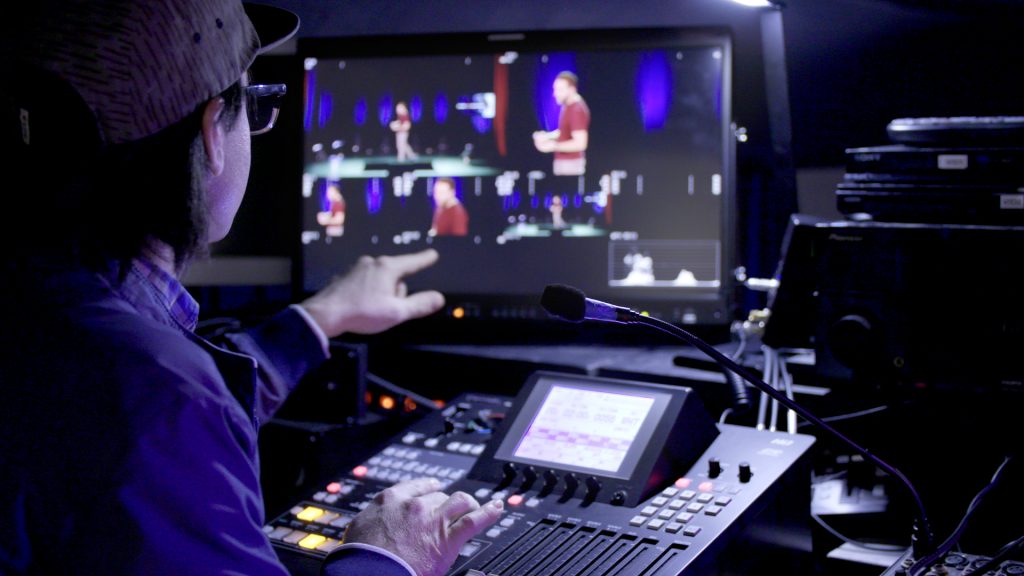Revolutionizing Engagement Via the Seamless Fusion of Digital Reality and Face-to-Face Engagements in Hybrid Occasions
Revolutionizing Engagement Via the Seamless Fusion of Digital Reality and Face-to-Face Engagements in Hybrid Occasions
Blog Article
Blended gatherings are growing increasingly common as they combine the finest aspects of both physical and virtual encounters. This creative approach allows attendees to engage with material and each other in manner that were not feasible before. By incorporating VR reality into these gatherings, organizers can create engaging experiences that boost engagement and participation. This seamless blend of virtual and real-world elements can lead to more significant connections among participants, whether they are there in person or participating remotely.
One of the primary benefits of using VR reality in blended gatherings is the ability to create a shared space for all participants. In a conventional setting, physical participants might have access to specific activities or opportunities that virtual participants cannot enjoy. However, with virtual reality, everyone can navigate the same virtual environment, regardless of their position. This innovation allows for interactive displays, virtual networking chances, and even game-like encounters that can engage audiences. As a consequence, attendees feel more included and connected, leading to a richer overall experience.
Moreover, VR reality can help overcome obstacles that often occur in blended gatherings. For instance, virtual attendees may feel isolated or removed from the check here central event. By integrating virtual reality, organizers can create a feeling of presence that makes virtual attendees feel as if they are part of the event. This can be realized through features like digital representations, which allow participants to connect with one another in live. Such interactions can encourage cooperation and networking, making it simpler for people to connect and share thoughts, regardless of their physical position.
In addition to improving involvement, the use of VR technology in blended gatherings can also provide important insights and information for planners. By monitoring participant interactions and behaviors within the virtual environment, event planners can gather data on what elements of the gathering were most captivating. This data can be used to improve future events, ensuring that they meet the needs and preferences of attendees. Understanding how participants interact with both the virtual and physical elements can lead to more efficient gathering approaches and improved overall encounters.
Finally, the combination of virtual reality and in-person interactions in hybrid events represents a major change in how we approach gatherings and conferences. As technology continues to evolve, the capability for creating immersive and dynamic encounters will only grow. By embracing this new model, gathering planners can transform the way individuals engage, learn, and collaborate. The future of hybrid gatherings is promising, and the smooth combination of virtual reality will play a crucial part in defining that prospect.